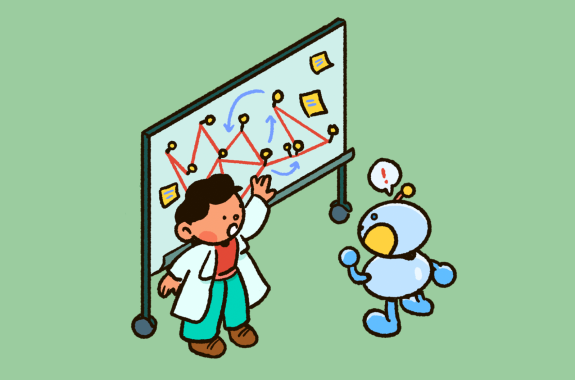Grade Level
6 - 8
minutes
15 min - 1 hr
subject
Life Science
stem practices
Planning and Carrying Out Investigations
Activity Type:
STEAM, family activities, After School Activity, brain, neuroscience
Este recurso está disponible en español. This resource is available in Spanish.
Jump to: Video | Puzzle | Trivia
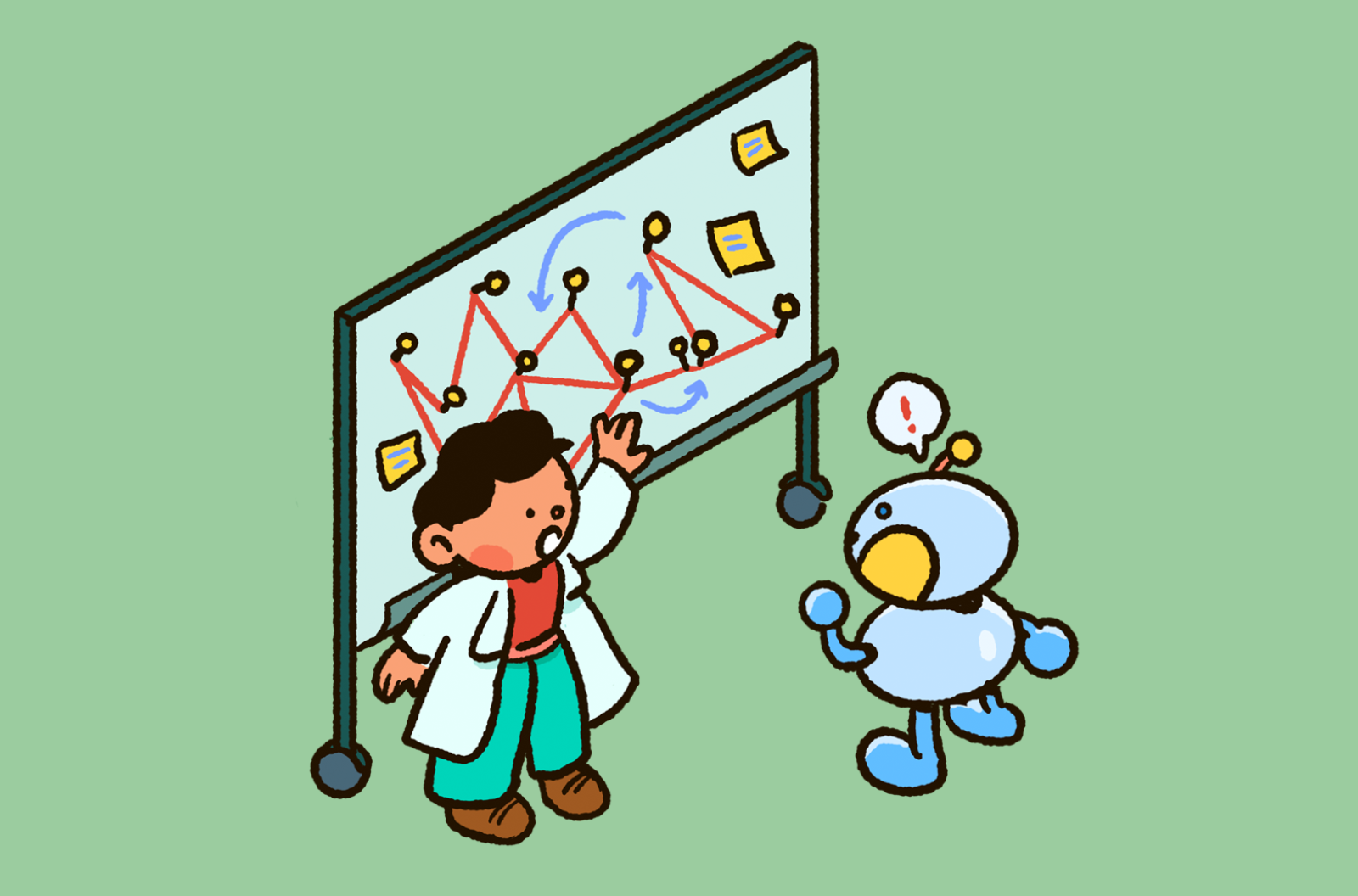
Has this ever happened to you? You’re having dinner with your family or friends. Suddenly, your beverage gets knocked over, and it spills all over the table, making a mess. Think back to that moment. Where did it happen? What caused the drink to spill? What beverage was in the cup? Try to recall all the details you can.

Your mind is like a sponge, it soaks up information. When you experience something—like spilling a drink at the table—your brain remembers that experience. However, there are some limits to how much information your brain can hold at once.
Let’s try an experiment. You’ll need one completely dry sponge (or a cloth or paper towel), a measuring cup, water, and permission from an adult to make a mess.
Here’s what to do:
- On a flat surface, spill ¼ cup of water. With a completely dry sponge, try to clean up the spill.
– What happens?
– Was the sponge able to absorb all the water? - Wet the sponge completely until it’s saturated, by running it under a faucet or dunking it in a bucket. Gently squeeze the sponge just enough to remove excess water so it doesn’t drip.
- Spill ¼ cup of water on the surface again. Try to clean up the water with the wet sponge.
– What happens?
– Was the sponge able to absorb more water than when it was dry, or less? - Make sure the spill is completely cleaned up. Allow your sponge to dry.
Was cleaning up a spill with a wet or dry sponge more effective? Why do you think that is?
The dry sponge is a bit like your brain when you’re rested, relaxed, and focused. That soggy sponge? That’s what your brain is like without sleep.
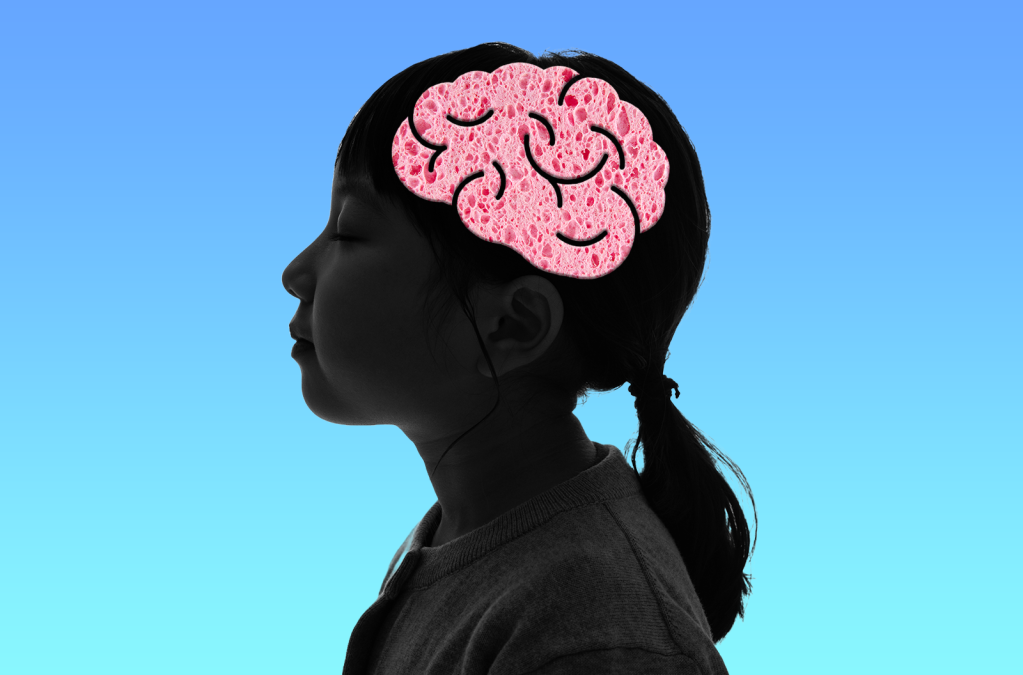
There Are Many Types of Memory
Memory is information the brain has encoded and stored. When you try to think about the last thing you read or watched, your brain is able to retrieve that information. There are several types of memory. Remembering new information or events relies primarily on long-term and short-term memory. At the start of this activity, you were asked to remember a lot of details about a time you spilled a drink. You retrieved those memories from your long-term memory and brought them into your short-term memory.
Long-term memories can last a lifetime. The brain has a large capacity for them. For instance, you might remember the last time you spilled a drink, even if it was weeks ago. When you are older, you may be able to remember a favorite storybook a parent shared with you or what your childhood bedroom looked like.
Long-term memory can be further broken down into two categories, declarative memory (explicit) or non-declarative memory (implicit). Declarative memory is the memory of facts, data, and events. It’s why you can remember the name of your favorite character on your favorite show. Non-declarative memory involves unconscious recall. For example, muscle memory is a form of non-declarative memory that helps you remember how to ride a bike or do your favorite dance.
Short-term memory is what’s actively in, and on, your mind right now. Reading about short-term memory has your brain making short-term memories! Short-term memory has a small capacity and can only hold onto memories for a few seconds or minutes. Scientists estimate that you can only hold between four and nine pieces of information in your short-term memory at a time.
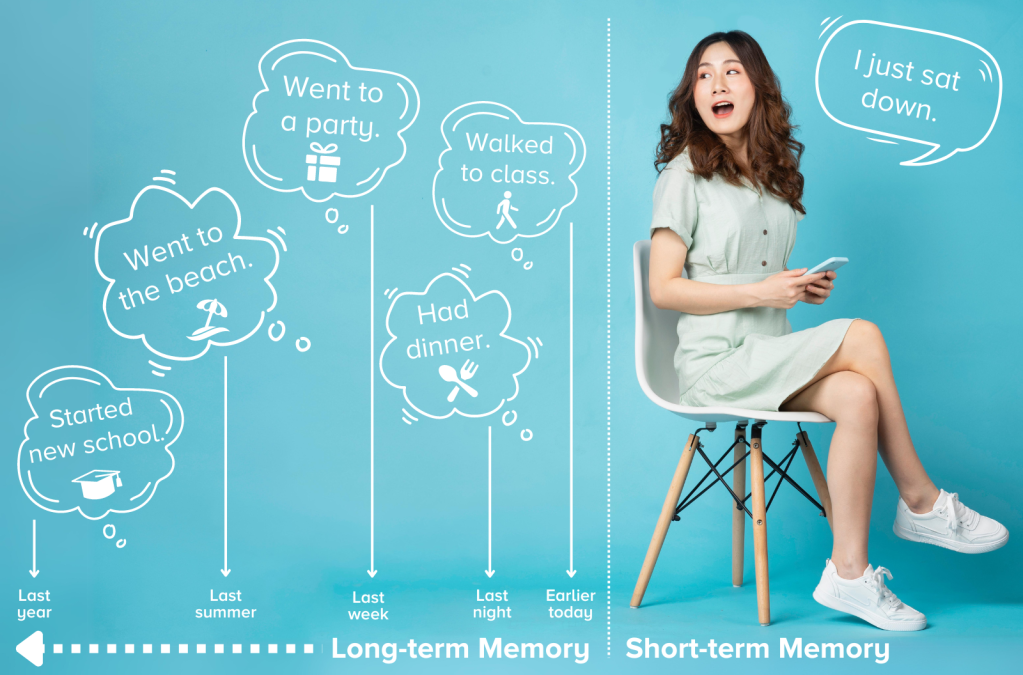
Sleep Helps Your Brain Soak Up Information
The hippocampus is a primitive structure that’s part of the human and mammal brain. It’s where information is gathered and stored. You can think of it as the “inbox” of the brain where all the information you learn is gathered. The hippocampus is also involved in consolidating short-term memory into long-term memory. (Fun fact: The word hippocampus is an ancient Greek word for seahorse. The hippocampus is so-named because the structure’s curved shape looks like a seahorse!)
One of the keys to converting short-term memory into long-term memory is sleep. Ever heard someone say, “Sleep on it?” Science shows that’s actually a really good idea.
Sleeping after learning helps the hippocampus process short-term memories—the new things you learned. Then, during deep sleep, the information is transferred from the hippocampus to the cortex, an area of the brain that stores information as long-term memories. If we think of the brain as a computer, the cortex would be the hard drive.
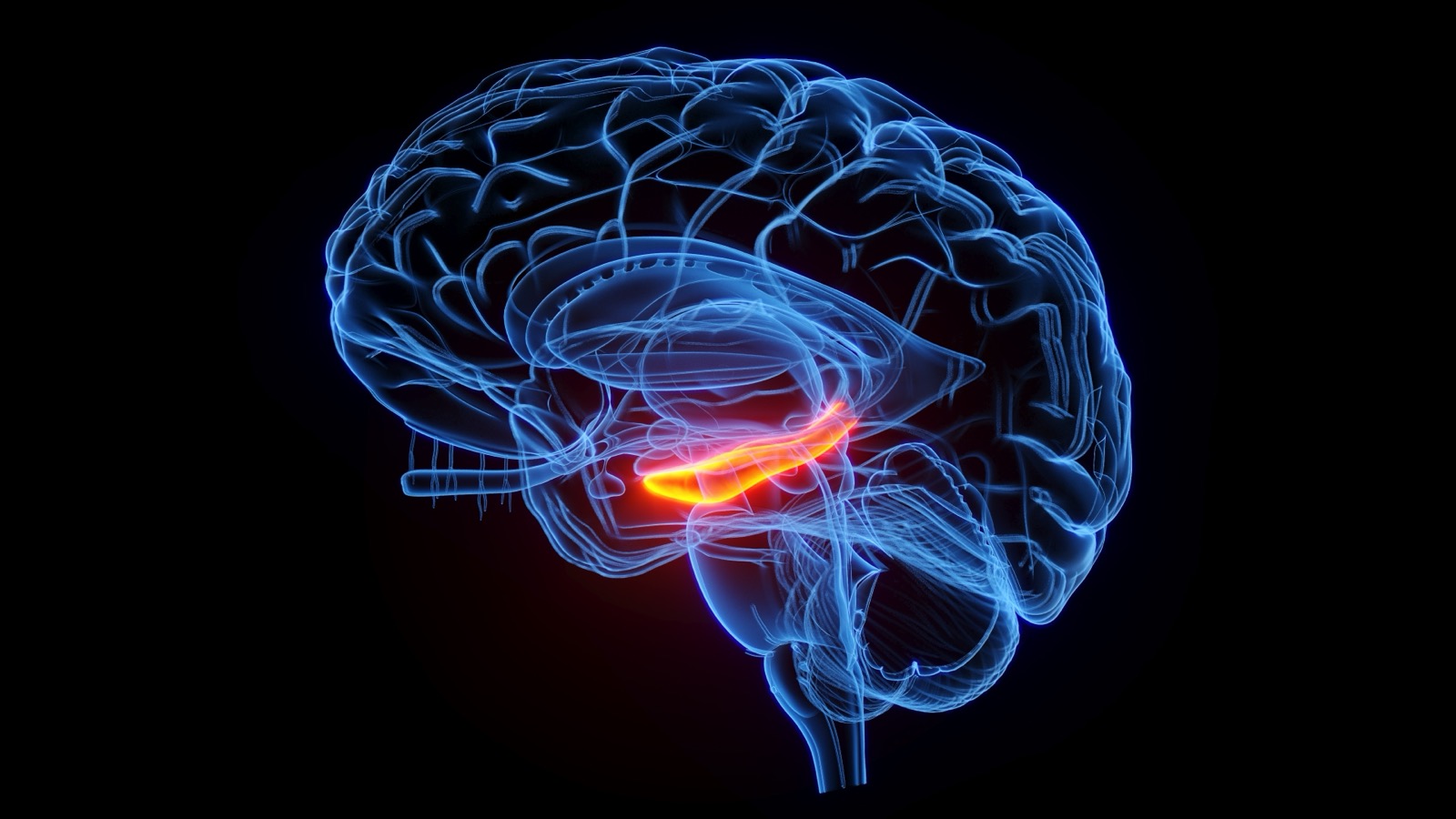
Remember the sponge experiment from earlier, where you tried to absorb a liquid with a sponge that was already soaked? It didn’t work well, right? By the end of the day, your hippocampus is like that full sponge, full of information. Sleep is critical after learning. Sleep is needed for the hippocampus to consolidate short-term memories and transfer them to the cortex as long-term memories. Without a good night’s sleep, your brain won’t absorb and store new information well.
When you get enough sleep, eight to ten hours for teenagers and more for children, your brain will be ready to absorb lots of new information. Your hippocampus will be like a dry sponge. For this reason, sleep is also critical before learning.
New brain research shows that the brain replays information during sleep, selecting what information to store as long-term memories, and strengthening those memories so that they can persist. This replaying connects the information together, making it easier to remember. To science’s best knowledge, there’s no clear way to know how the brain selects a specific memory to store, but researchers think there are several factors that may influence whether it’s stored or not.
Making Stronger Memories
So, let’s pretend it is the night before a big test. You haven’t studied, so you stay up all night and cram all the information into your head. Is that a good idea?
You already know the answer: No, it’s not a good idea. Sleep is essential for the brain to make long-term memories. Without sleep, most of what you learned the night before will be gone by the time you take the test because your brain did not have the opportunity to transfer the information into memories.
Also, when you don’t sleep, your brain works less efficiently, slowing down its reaction time. This slowing of reaction causes you to forget information more easily. Plus, a lack of sleep can cause a lack of attention and make it harder to focus on important information.
Want to use science to level up your studying? Here are some effective studying habits you should consider:
- Make connections: Connect new information you are learning with previously learned information.
- Ask and answer questions: Review questions, or better yet, create your own to test your knowledge.
- Organize: Create lists, outlines, acronyms, or even songs! Organizing information helps make the connections between different pieces of information clear.
- Take breaks: Don’t cram! Try shorter study sessions (30-60 minutes) and take energizing, purposeful breaks to let your mind rest.
- Prioritize sleep: Sleep well the night before your exam because sleep enhances long-term memory storage.
- Avoid “illusions of learning”: Simply rereading or highlighting information in textbooks may make you feel like you’re learning, but you are more likely to remember the information if you interact more deeply.
- Be an “active” note taker: If you have the choice between taking notes on a laptop or on paper, choose paper. When you write notes by hand, you must summarize the ideas, which helps you build memories. If you use a laptop, be sure you aren’t just transcribing the notes; actively think about the information as you take notes.
Brain Teaser
Ready to give your brain a challenge? This puzzle demonstrates that memories are formed by creating connections between experiences. You will need to fold the paper and make connections to reveal a completed image of a trophy. There are two versions: A more challenging double-sided version and an easier one-sided version.

For the first version, download and print the puzzle on paper. You will need to print the puzzle double sided, head-to-head, or print on separate pages and tape or glue the pages back to back. Use scissors to trim on the orange dotted line. Then fold, fold, fold, fold (hint!) until you are able to create the image and reveal the code.
For the second version, print the puzzle and use scissors to trim along the orange dotted line. Then accordion fold the puzzle along the black dotted lines. Look at the results from different angles. The secret code will be revealed!
Once you find the secret code, enter it into the Science Friday Enigma Machine to find out if you’re right and get your digital badge.
Did you love this challenge? This activity and puzzle are part of the Hack Your Brain neuroscience escape room.
Download the puzzle! Enter the code!
Check Your Knowledge
See how much you remember from your reading! These ten questions will test your recall. Both versions below are free. Kahoot! is a fun game-based platform with pictures and music. Google is a more traditional online quiz format.
Working with a group? You can host your own Kahoot! live or copy the Google form and assign it to a class. Both require logins.
Want To Learn More?
Here are some great resources about memory for you to check out!
- Why is sleep important? This video explains why getting a good night’s rest matters.
- Have you ever wondered if naps are good or bad? Learn how much sleep you need each day and how humans learn.
- Want more tips on effective studying? Coursera has eleven ways you can level up your study habits.
- Memorizing information can be tough, but there are ways to increase your recall of facts. In this Science Friday story, we talk to a Jeopardy champion to discover the science behind remembering trivia.
NGSS Standards:
- MS-LS1-8 From Molecules to Organisms: Structures and Processes: Gather and synthesize information that sensory receptors respond to stimuli by sending messages to the brain for immediate behavior or storage as memories.
Special thanks to the Dana Foundation for funding Hack Your Brain.

Credits
Lesson by Svea Anderson
Neuroscience Consultation by Daisy Reyes
Game Design by Lucas Leprince
Illustration by Joy Ho
Puzzle illustration by Fai Kosciolek
Developmental Editing by Sandy Roberts
Copyediting by Ariel Zych
Digital Production by Ariel Zych
Educator's Toolbox
Meet the Writers
About Svea Anderson
Svea Anderson is a twenty-year veteran educator who never hesitates to step out of her comfort zone and try something new. She enjoys a challenge and never passes up an opportunity to learn something new.
About Sandy Roberts
Sandy Roberts is Science Friday’s Education Program Manager, where she creates learning resources and experiences to advance STEM equity in all learning environments. Lately, she’s been playing with origami circuits and trying to perfect a gluten-free sourdough recipe.
